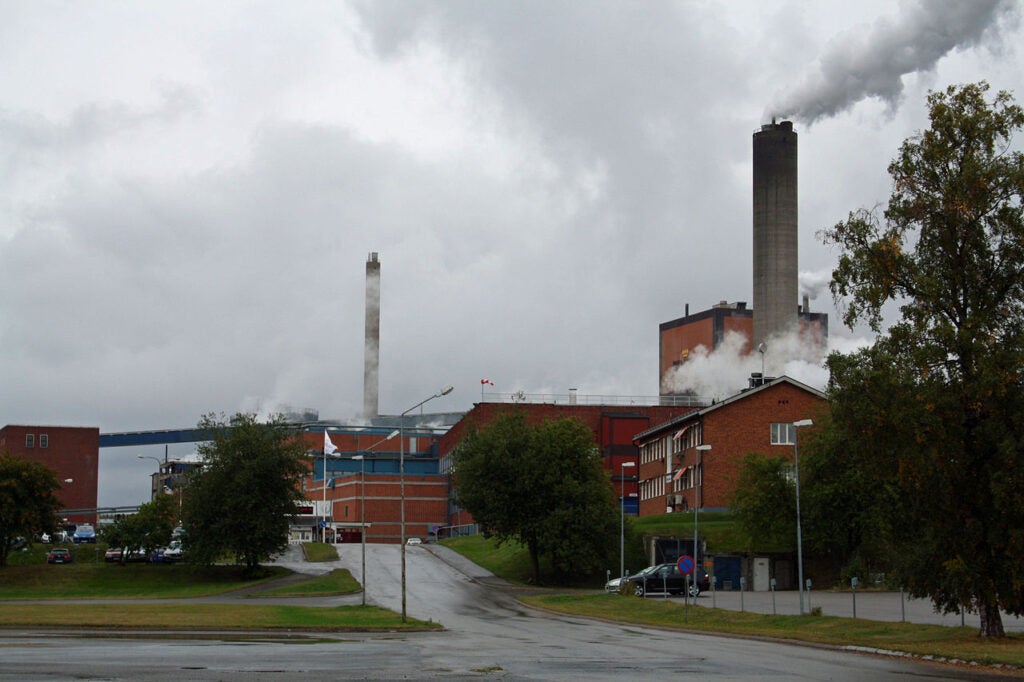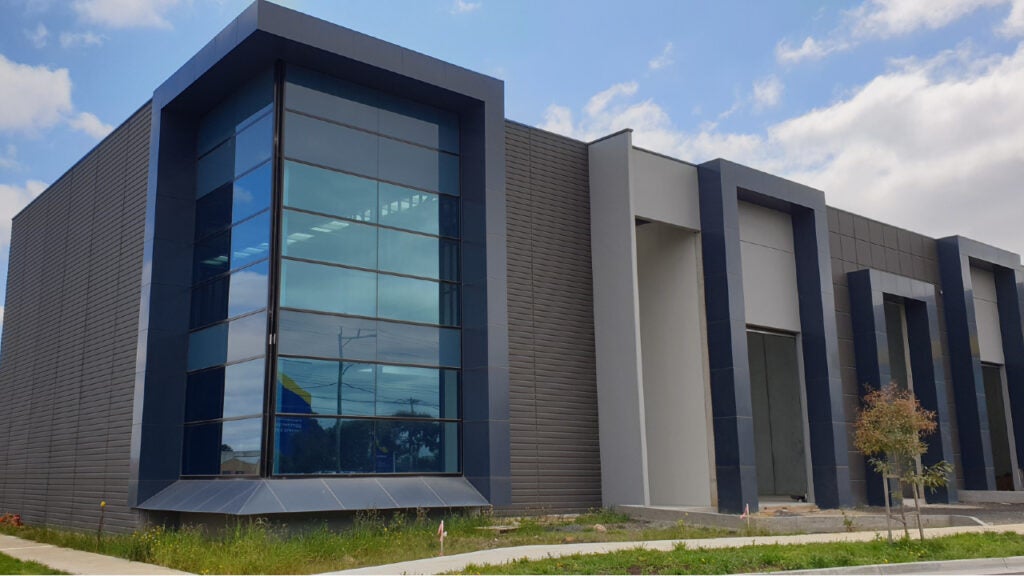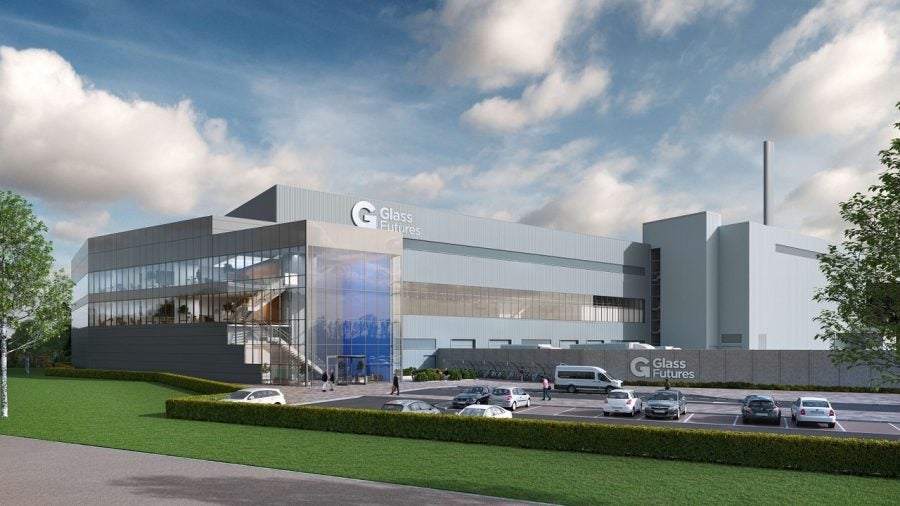Rob Leunis & Chapman Group (RLC), a German packaging company, installed a new print packaging line in March 2005, at Colorpack in Berlin. The line incorporates a six-colour Rapida 142 sheetfed press with two coater towers, intermediate drying and extended delivery, alongside the company’s first SPrintera 145 PER automatic flat-bed die-cutter.
Colorpack, a division of RLC in Berlin, handles general packaging with medium and large format Rapida presses. The new, six-colour coater press with delivery extension is being mounted on a 0.45m plinth for greater flexibility in handling materials. The range is improved from lightweight paper to include heavy board.
The new press will enable Colorpack to double its existing capacity. The new equipment will mean that the company can deliver added value in general packaging. The option of end-of-press UV-coating will dramatically increase the gloss levels possible in in-line processing.
PRINTING ON PLASTICS, STYRENES AND NON-POROUS SUBSTRATES
RLC has invested approximately $12.5 million in the new print packaging line, to improve overall quality and speed for all of its customers. Having recently installed the new large-format press – a KBA Rapida 142, an eight-color, 56-sheetfed machine with UV printing and inline coating capabilities, the company can now print on plastics, styrenes, and other non-porous substrates while continuing to offer the existing metallised work.
The investment reinforces RLC’s position as full-service premium-packaging printers. The company recently made a decision to become a full-service specialty supplier providing a broader range of premium packaging services.
KBA RAPIDA 142 LTTL
Koenig & Bauer group’s KBA Rapida 142 LTTL has six printing units and includes a dual coating unit with UV dryer. The final UV coating unit produces desirable high gloss effects in the inline process. Combining high-quality work with the efficiencies of large-format presses, Colorpack can now offer its customers more options.
The Rapida 142 is equipped with single holders rather than plate cassettes for greater flexibility. New plates can be placed in the holders in advance. When the process is activated, the press can change the plates in just three cycles. This takes less than four minutes to do, regardless of the number of printing units involved.
With a length of 31.3m and a weight of 160t, the press has an automated non-stop logistics systems for uninterrupted production. The pile logistics equipment has even been designed to permit later integration of an older Rapida 142, and the 630mm plinth that this has will mean the press can handle pile heights of almost 2m.
Features include Fully Automatic Plate Changing (FAPC), inking unit temperature control, Inkline ink supplies (with console integration). Washing systems for the plates, blankets, impression cylinders and ink rollers relieve the printers of routine tasks and boost productivity.
Print quality monitoring is controlled by Densitronic S colour measurement; the press is also embedded in to the existing Logotronic professional production management system.
The Bobst Group supplied the automatic flat bed diecutter, which was integrated in to the packaging line because of its ability to adapt to a variety of substrates. With a maximum trim size of 1,450 x 1,035mm and production speed of up to 9,500 sheets per minute, the Sprintera 145 PER allows a continuous production flow, with minimum downtime.
The Air Clean System (ACS) will improve health and safety for the operators, as the powder-laden air and emissions from the varnishing and drying processes are extracted from the air flow.
UV LACQUERING, MATT SHINE EFFECTS, SPECIAL LACQUERS, PEARL PIGMENTS
The company expanded into large-format sheetfed offset printing to address additional markets, such as the display sector. They can also guarantee quality for critical jobs that cannot be produced on more traditional five-over-five presses, due to the colour imposition or substrate.
UV lacquering, matt shine effects, special lacquers or pearl pigments can be applied in a single printing stage on the new printing machine. The use of hybrid colours means that finishes can also be successfully applied to non-absorbent surfaces such as film-laminated boxes.
One-pass productivity is the key: just a single machine run is needed to produce high-quality packaging products. There are many advantages of in-line finishing by lacquering or the use of gold, silver and metallic lacquers: product values are increased, and throughput times can be reduced. In particular, UV lacquering produces a variety of surface finishes and, in combination with a matt lacquer finish, gives packaging a quality that can be both felt and seen.
In addition, with the installation of a double lacquering plant in combination with a special drier configuration, industry-leading finishes can be achieved.
Despite falling batch sizes, this method makes the economic production of top-quality finished packaging possible. Display production, too, benefits from these new finishing techniques, as value can be added to individual display elements such as panels.











